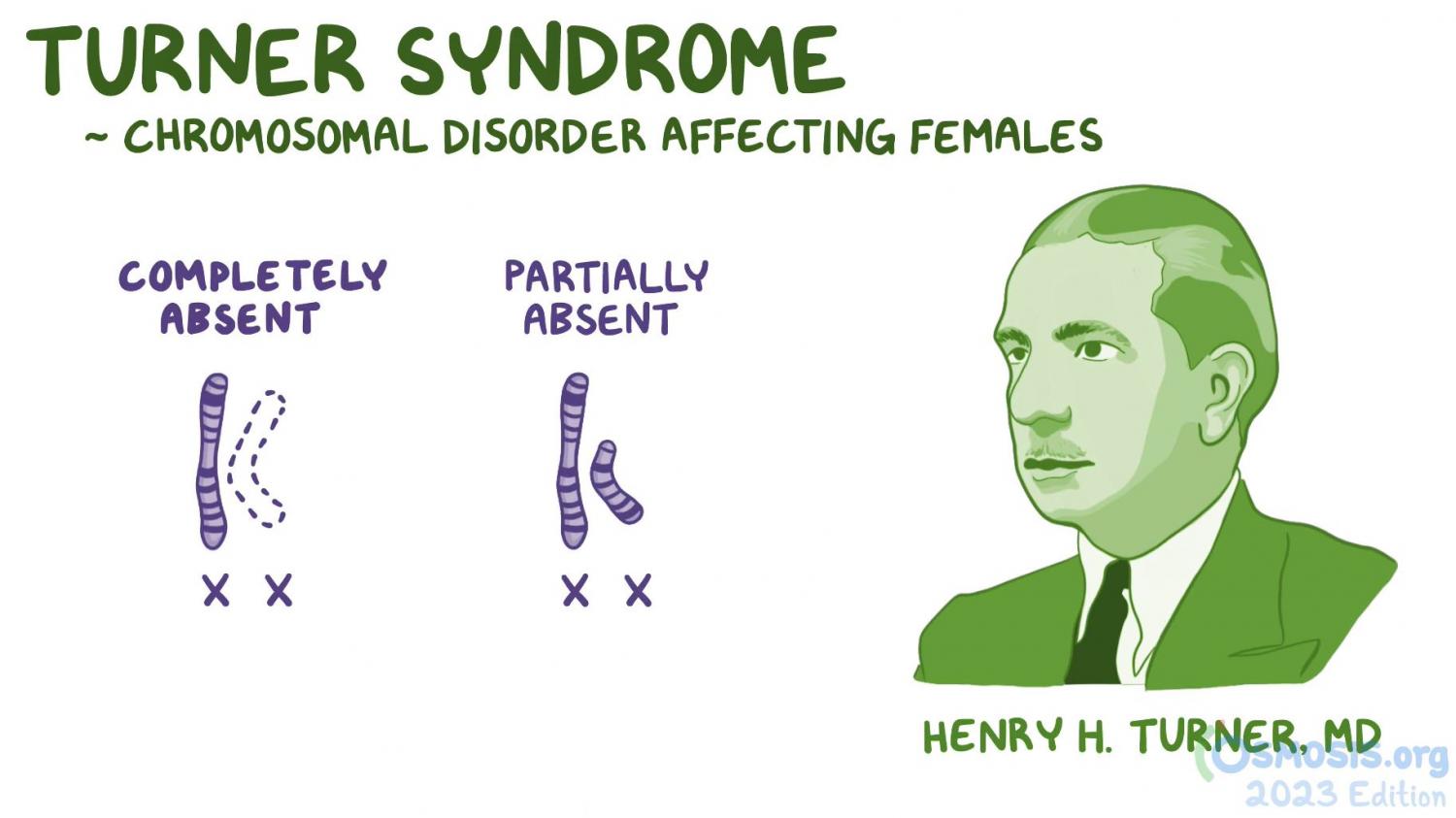
Rare Disease Education: Turner Syndrome
Editor: Kelsey LaFayette, DNP, RN, FNP-C
"When you hear hoofbeats, think of horses, not zebras,” is a common saying in medical education that means you should think of common conditions first, instead of rare ones, in making a diagnosis. “Rare” is a relative term though and about 7,000 rare, or "zebra," conditions affect more than 350 million individuals worldwide. Although these conditions collectively affect an enormous number of people, each of these conditions individually is rare enough that it can be difficult to secure the resources to study them and to develop treatments and cures. Likewise, awareness of rare conditions may be low and health care professionals may not be familiar with their signs and symptoms making it more difficult to reach a correct diagnosis and provide effective treatments.
To increase knowledge about rare conditions, Osmosis and the National Organization for Rare Diseases (NORD) have collaborated on an initiative to bring education and awareness to the public. We are excited to be a part of this initiative because we believe everyone deserves quality health care, no matter how rare their condition.
Zebra Highlight: Turner Syndrome
The same way blueprints dictate how a building is going to look, our DNA contains the instructions for every cell’s function. The question here is: what happens when a chunk of instructions is missing?
Turner Syndrome is characterized by a partial or complete loss of one of the two X chromosomes in females. The manifestations of this can be quite variable, resulting in infertility and/or distinctive physical features such as a short stature, webbed neck, or a “shield chest”. This Zebra affects only females at a rate of about 1 in 2000 live births. They are also at risk of serious heart and kidney defects among others.
There is no cure, but with proper medical care, especially hormonal therapy, people with turner syndrome can lead full, productive lives. Learn more by watching this video.
Meet Peyton, 8 years old
One day, Peyton’s older sister told her mom Lisa: “I have a friend who has Turner’s Syndrome, we need to get Peyton checked.” With this insightful comment, Peyton’s journey of diagnosis and treatment began. She does not let Turner Syndrome stop her one bit. Watch her inspiring story.
Educational Video:
More Information on Turner Syndrome
